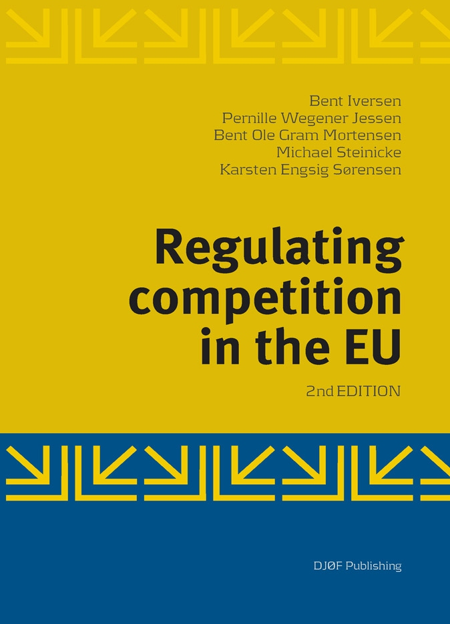Regulating Competition in the EU (2. ed.)
2. udgave - 2. oktober 2012
Af Bent Iversen , Pernille Wegener Jessen , Bent Ole Gram Mortensen , Michael Steinicke og Karsten Engsig Sørensen

Vil du læse denne bog?
Køb adgang til denne og alle andre bøger på Jurabibliotek.
Køb adgangHar du allerede købt adgang? Log ind her